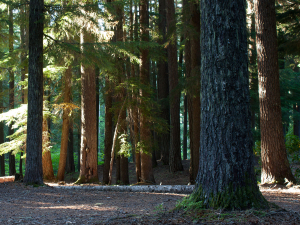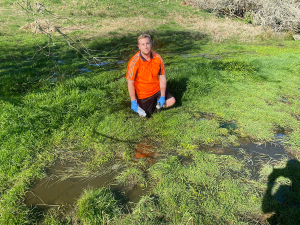OPINION: That old saying about not being able to see the wood for the trees could well describe the government’s infatuation with forestry at the expense of farming.
Objections are growing stronger in rural New Zealand to the impact the ‘one billion trees’ programme will have on the regions’ farming landscapes, infrastructure and communities.
Concern is such that a new lobby group has formed, wanting to preserve the economy, health and welfare of the NZ provinces. Named 50 Shades of Green, it aims to convince politicians and decisionmakers that the current push to plant a billion trees will destroy the provinces and ultimately may endanger the national economy.
These are not non-productive or erosion prone areas of farms we are talking about. They are, in fact, entire productive food producing properties. Good productive farms are being bought out by often foreign owned entities and planted entirely in trees.
The government’s desire to use forests as carbon sinks to contribute to the country’s climate change commitments will impose devastating economic and social cost on rural NZ. This ignores warnings by the Parliamentary Commissioner for the Environment that planting pinus radiata is not a credible way of removing CO2 from the atmosphere.
It is ironic that the parties that make up the coalition government – Labour, NZ and the Greens – all promised at the last election to tighten the Overseas Investment Act. They did this in respect of housing and farm ownership. However, they loosened the rule under which overseas investors may come in and buy farmland and plant trees. So now overseas investors can come to NZ and buy up farmland, allowing the likes of oil companies, airlines and big power generators to use the land to carbon farm.
Once a tree is planted, little else is done with it for 30 years - aside from the odd pruning - until it is harvested (much longer if it is not a pine). Therefore jobs, communities and infrastructure in rural NZ will decline and fast. It is already estimated that the land now taken out of livestock production for forestry will mean the end of one meat processing facility. Consider the financial and social costs that will have on regional NZ.
As 50 Shades of Green warns: “Instead of revitalising the provinces this tree planting will destroy them.”



















